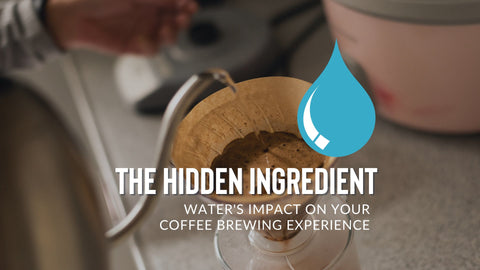Roasting coffee is the process of transforming green coffee beans into the fragrant, aromatic, and delicious coffee beans we know and love. It's a roasting process that involves both art and science, and it's what gives coffee its unique flavor and aroma.
The Chemistry of Roasting
Roasting coffee beans involves a series of chemical reactions that change the beans' physical and chemical properties. During roasting, the beans go through three stages: drying, browning, and development.
Drying: The first stage of roasting is drying, where the beans lose their moisture content. During this stage, the beans start to release carbon dioxide gas, which causes them to expand and crack.
Browning: The second stage of roasting is browning, where the beans start to develop their signature flavor and aroma. During this stage, the heat causes the sugars and amino acids in the beans to react, creating hundreds of different compounds that contribute to the coffee's flavor and aroma.
Development: The final stage of roasting is development, where the beans reach their desired level of roast. During this stage, the beans continue to release carbon dioxide gas, and oils in the beans may start to come to the surface, creating a shiny appearance depending on the length of the roast. The beans also lose acidity as they continue to darken.
The Art of Roasting
While there is a lot of science involved in coffee roasting, there is also a significant amount of artistry. Roasters must use their senses, including sight, smell, and sound, to determine when the beans are ready. They use their senses to monitor the beans' color, smell the aroma, and listen for the sound of the cracking.
Roasting Profiles
A “roast profile” is the specific way in which the beans are roasted, including the temperature, time, and airflow. Roast profiles are unique and contribute to the coffee's flavor and aroma and should be unique to the coffee bean in order to enhance it’s natural characteristics, not drown out the flavor by overroasting.
Coffee roasting is a complex process that involves a delicate balance of both science and art. By understanding a little more about the chemical reactions that occur during roasting, the art of roasting, and the various roast profiles, we hope we’ve helped you gain a greater appreciation for the coffee you drink. So, the next time you sip your morning cup of coffee, take a moment to savor the flavors and aromas created by the science of coffee roasting.


